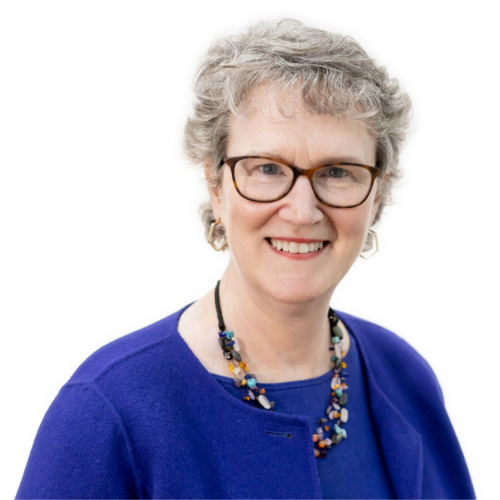Getting Past the Overhead Ratio
I made a presentation to a group of executive directors recently about how to communicate financial information in a way that supports mission, impact, and transparency. We talked a lot about connecting the dots from money to mission, and moving past the standard pie charts. Then a director said what everyone in the room had experienced. “After I speak with a group in our community about our great work, the stories of people we help, and the impact we have on their lives, someone always asks, “Yes … but how much do you spend on overhead?” Sigh.
We have pretty universal agreement in the nonprofit sector that the overhead ratio, or program services ratio, does not measure either the efficiency or the effectiveness of an organization. Yet the myth persists, and those who speak for nonprofits have to respond to the question. In the post Busting the Overhead Myth Starts With You, I asked why so many nonprofits perpetuate the very myth that we claim we want to dismantle. Every time we publish the tried and true pie chart that slices expenses by program, admin, and fundraising we’re communicating that the allocation is important. No wonder our donors, board members, and the public believe it – and continue to ask.
If we in the nonprofit sector want to bust the overhead myth and bring attention to the things that really matter, then it’s our responsibility to take the lead by communicating differently and better. In order to take that lead, don’t wait for the question to come in and then argue why the ratio isn’t important or meaningful. We have to replace it.
That’s why I’m excited that GuideStar redesigned the nonprofit profiles available on their website to present a broader, more complete picture of nonprofits. As described in their news release about the redesign,
The new profile design offers a better way for donors to look for meaningful information when comparing the performance of nonprofit organizations. This is particularly important as new research indicates that the number of individuals evaluating nonprofits has tripled since 2010. The new GuideStar Nonprofit Profiles emphasize nonprofit programs and results in addition to financial and organizational metrics, to provide a well-rounded view of each organization.
GuideStar has been a leader in the Overhead Myth campaign, and redesigning the nonprofit profile in an important action in the effort. A section of this post from CEO Jacob Harold is music to my ears.
Our new profiles emphasize answers to key questions about nonprofit programs and performance. This means simple financial metrics will no longer be the primary focus when telling a nonprofit’s full story (goodbye, overhead ratios!) Instead, we’re highlighting the progress organizations are making toward accomplishing their overall missions.
The new profile design will be useful for nonprofits in two ways. First, GuideStar is the “go-to” place for information about nonprofits for the public, including donors, funders, and the media. Secondly, nonprofits are encouraged to populate the profile with the information that conveys the breadth and depth of their impact, results, and financial condition. Keep in mind that GuideStar, or any other information aggregator, can only report information that it has. If you want more than basic IRS 990 data on your profile, you need to claim and update your report with information and results about your programs, leadership, and finances.
I’m especially excited about the timing of this step because GuideStar’s CEO Jacob Harold will be in Minnesota on March 3rd as the keynote speaker at the Nonprofit Finance & Sustainability Conference that we co-host with Minnesota Council of Nonprofits. Jacob’s topic, “Scaffolding for Social Change”, is about their work as an information hub that powers the nonprofit sector. I’ll join Jacob for a follow-up breakout session to dig deeper into questions about how nonprofits and the sector can gather, interpret, and share information better. I can guarantee that we’ll talk about how we can bust the overhead myth, too. I hope to see you there – you can still register for the conference.

